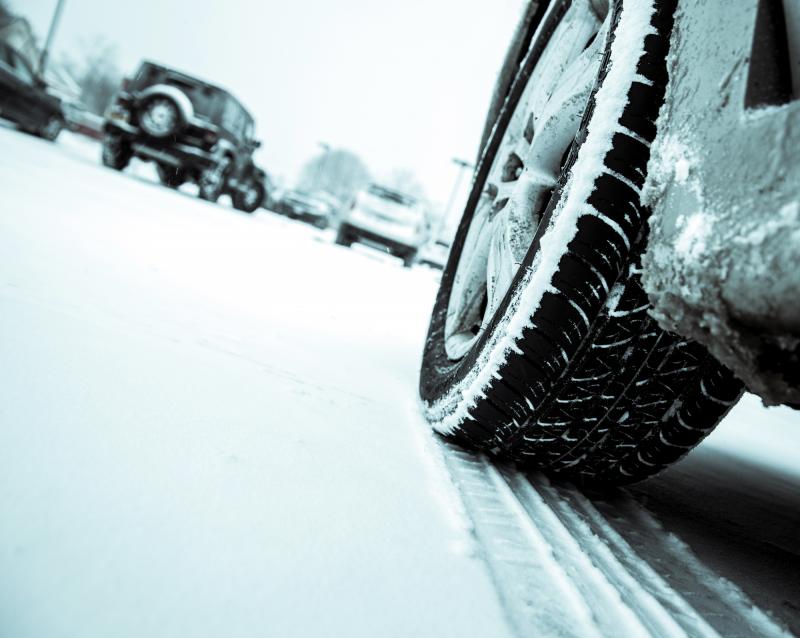
With the winter in full swing, the ability for roads to turn icy or snow to start falling at any time is possible. Before the snow and ice even appear there are ways to ensure that your car is ready to get you from place to place during these winter conditions.
The most important part of your car in winter weather is your tires -- they are the only thing touching the ground to give the car traction. So before you go out, make sure your tires have good treads to ensure your car can hold on to slippery conditions. To check this on your own, you can grab a penny, take it to each of your tires and place it within the tread with Abraham Lincoln facing you and upside down. When you place the penny in the tread if you can see all of Lincoln’s head the tread on the tire is too thin and the tires should be replaced. If the tread is covering Lincoln’s face, your tires have enough tread to maintain traction and limit how much the car will slide in slippery conditions. It’s recommended to test the penny on multiple spots on each tire to ensure even wear.
Cold weather causes air to compress, meaning the air in your tires is getting closer together and your tire pressure is likely to drop. The best thing to do is invest in a small tire pressure gauge and check your tire pressure before you head out. Recommended tire pressure is normally on a sticker in the driver’s side door jamb or in the vehicle manual -- often a quick google search with the make, model, and year of the car can provide this information too. Making sure you know your tire’s pressure before you head out is crucial. Underinflated tires can equal less traction on those slippery roads and can wear out treads faster. Most gas stations have air pumps available to add extra air to those tires in cold weather.
Simple steps to make sure your tires are as safe as possible for the winter months help to protect you, your family, and your car.

